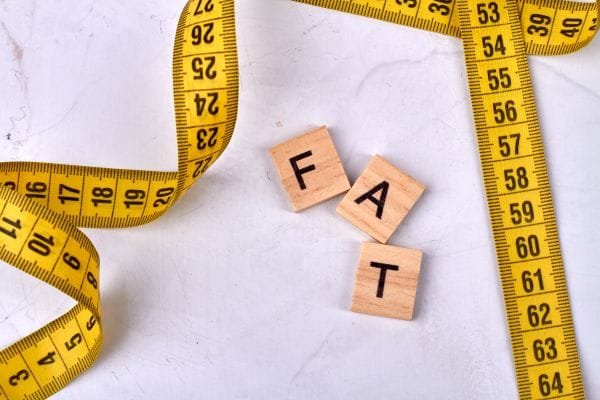Most people believe that being slim means being healthy. But a new study published in Communications Medicine has revealed a shocking truth—even people who look fit can have dangerous hidden fat inside their body that can silently damage their heart and blood vessels.
This hidden enemy is called visceral fat—the fat stored deep around organs like the liver, pancreas, and intestines. Unlike belly fat that you can pinch, visceral fat stays invisible—but it can be deadly.
At The Doctorpreneur Academy, we continuously bring doctors and healthcare innovators’ awareness to medical findings that matter for real-world care—and this study is a wake-up call for India’s growing heart disease burden.
What Did the Study Find?
Researchers from Canada and the UK analyzed MRI data from over 33,000 adults and found:
| Type of Hidden Fat | Risk |
| Visceral fat (around organs) | Higher risk of artery blockage |
| Liver fat (hepatic fat) | Strong link to heart attack and stroke |
| Normal BMI but high visceral fat | Still high heart risk |
❤️ Even people with normal weight had clogged arteries if they had high visceral fat.
This means BMI and waist size alone are not enough to measure heart health.
Why Is Hidden Fat So Dangerous?
Visceral fat behaves like a toxic organ in your body. It:
- Releases inflammatory chemicals
- Causes insulin resistance → diabetes
- Increases triglycerides
- Raises blood pressure
- Promotes plaque formation in arteries
Over time, this silent fat increases the risk of:
✅ Heart attack
✅ Stroke
✅ Fatty liver disease
✅ Hypertension
✅ Metabolic syndrome
Who Is at Risk?
Hidden fat can affect even people who don’t look fat. You may be at higher risk if you have:
- Sedentary lifestyle (desk job, little exercise)
- Belly fat despite normal weight
- Diabetes or prediabetes
- PCOS or hormonal imbalance
- High stress and poor sleep
- Alcohol use
- Unhealthy diet (sugar, refined carbs)
Early Detection: What Doctors Should Do
Since visceral fat cannot be seen, screening matters. Doctors can:
✅ Check metabolic markers
- Fasting insulin
- HbA1c
- Triglycerides/HDL ratio
- Liver function (ALT/AST)
- High-sensitivity CRP (inflammation)
✅ Assess risk using:
- Waist-to-height ratio
- Body fat composition scans (DEXA if available)
- Ultrasound abdomen (for fatty liver)
✅ Use digital health tools
- Smart trackers for metabolic monitoring
- Telehealth lifestyle coaching
How Patients Can Reduce Visceral Fat Naturally
Here are science-backed steps to reduce hidden fat:
| Habit | Benefit |
| 30–40 min brisk walking daily | Burns deep fat |
| High-protein meals | Reduces cravings and belly fat |
| Cut sugar and refined carbs | Improves insulin |
| Strength training 2x weekly | Increases fat-burning |
| 7–8 hours sleep | Controls hormones |
| Manage stress (yoga/pranayama) | Lowers cortisol |
What This Means for India
With India becoming the diabetes and heart disease capital, this study is a major warning. Many Indians who look “normal” may still have high visceral fat due to:
- Carb-heavy diets
- Lack of activity
- Work-from-home lifestyles
- Stress and sleep deprivation
Doctors must shift focus from weight to metabolic health. This is where modern digital health, lifestyle clinics, and remote monitoring programs can change outcomes.
Doctorpreneur Insight
Heart disease prevention is no longer about weight loss—it’s about fat loss and metabolic correction. There is a growing opportunity for doctors to launch:
✅ Digital weight reversal clinics
✅ Metabolic health programs
✅ Preventive cardiology platforms
✅ Corporate health initiatives
This is the future of healthcare—prevention-first medicine powered by education and technology.
Conclusion
Hidden fat is a hidden danger. It silently attacks organs, damages arteries, and increases the risk of heart attack and stroke—even in people who look healthy.
The message is clear:
Stop chasing weight. Start chasing metabolic health.
👉 To register for our next masterclass, please click here: https://linktr.ee/docpreneur




